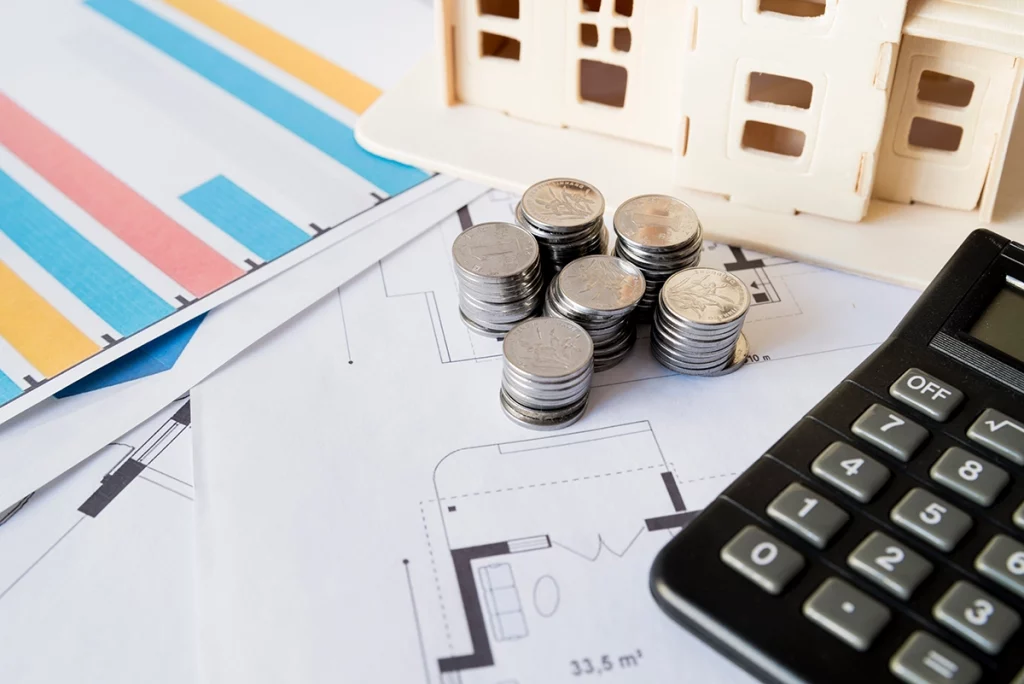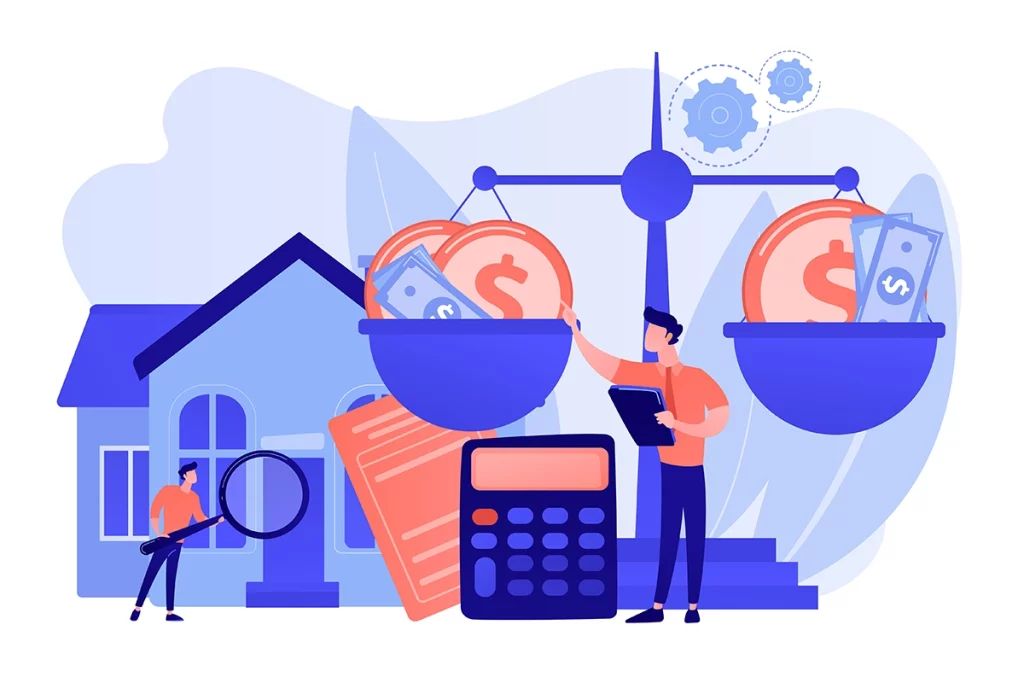As you plan to build your dream home, you’ll come across a lot of terms and concepts that may be new to you. One such term is contingency, which is an important concept to understand if you want to make sure your construction project stays on track and within budget.
What is a contingency?
In construction, a contingency is a sum of money set aside to cover unexpected costs or changes that may arise during the course of the project. These can include things like unforeseen site conditions, changes in materials or labor costs, or design changes requested by the homeowner. It’s typically calculated as a percentage of the construction or project costs and serves as a way to manage risk.
Why do you need a contingency?
Having a contingency is important because it allows you to account for unforeseen costs and changes without derailing your project or blowing your budget. Without a contingency, you may find yourself having to cut corners or compromise on your vision to stay within your budget.
Different types of contingencies
There are three main types of contingencies that you’ll encounter when talking about design and construction: a design contingency, an owner’s contingency, and a construction contingency.
Design Contingency
The purpose of a design contingency is to allow for flexibility in the design process, which can often involve a lot of unknowns and unforeseen issues. This contingency is carried in a cost estimate created by a cost estimator or builder before the drawings and specifications are finalized. This contingency covers the items that are not yet fully explained in the documentation – in other words: not fully designed.
Not all projects are estimated before the construction documents are completed. This contingency only applies to projects still in the design phase.
The amount to carry for a design contingency will vary depending on how far along the documentation is, how many assumptions the estimator is required to make, and the level of risk involved in the design process. Typically, it’s a percentage added to the design budget and is determined based on factors such as the level of detail in the plans, the complexity of the design, and the experience and track record of the design team.
For example, an estimator may carry a 10%-15% contingency in their estimate if the drawings are very rudimentary. If the drawings are near completion, this contingency may drop to 5% or less. When the drawings are complete, this contingency should be 0. If there are concerns about potential unforeseen conditions or if all decisions haven’t been made (light fixtures, for example), the estimator can carry an allowance for that scope of work.
Owner’s contingency
An owner’s contingency is a sum of money that the homeowner sets aside to cover any unexpected costs or changes that may arise during the course of the project. This contingency is typically a percentage of the overall budget, and it’s up to the homeowner to decide how much to set aside.
Having an owner’s contingency can provide peace of mind for homeowners, as they know they have some flexibility to account for unexpected costs without having to dip into their own savings or go over budget. This isn’t mandated by a lending company, but good practice for a homeowner to have a backup plan if something unexpected occurs.
It’s a good idea to keep this number quiet. If you end up with a greedy contractor or designer, they may try to “tap” into this money if they know it’s available.
Here are some examples of when the owner’s contingency might be used:
- Unexpected site conditions: If the construction site has unexpected soil conditions or drainage issues that were not discovered during the initial site investigation, the owner may need to dip into their contingency fund to cover the cost of remediation.
- Change in design: If the homeowner decides to make changes to the design of the home during construction, such as adding extra windows or a different roofing material, they may need to use their contingency fund to cover the cost of these changes.
- Delayed construction: If the project is delayed due to unforeseen circumstances, such as inclement weather or supply chain disruptions, the owner may need to use their contingency fund to cover the additional costs of extended construction time.
Construction contingency
A construction contingency, on the other hand, is a sum of money that the contractor allocates for any unexpected costs or changes that may arise during the construction process. This contingency is typically a percentage of the overall construction cost (often around 5%), and it’s up to the contractor and home owner to decide how much to set aside, although the lending agency may require a certain amount.
The purpose of a construction contingency is to ensure that the contractor has enough funds to cover any unexpected costs or changes that may arise during the project, without having to ask the homeowner for more money. If there is money remaining in the contingency fund, it is refunded to the owner.
Here are some examples of when a construction contingency might be used:
- Material cost increase: If the cost of building materials unexpectedly increases during construction, the contractor may need to use their contingency fund to cover the additional cost of materials.
- Labor cost increase: If the cost of labor unexpectedly increases during construction, the contractor may need to use their contingency fund to cover the additional cost of labor.
- Unforeseen changes: If unexpected changes arise during construction, such as the need for additional structural support or modifications to the plumbing or electrical systems, the contractor may need to use their contingency fund to cover the cost of these changes.
- Errors or omissions in the contract documents
What happens if there’s contingency left over at the end of a project?
If there’s contingency left over at the end of a construction project, it’s typically returned to the owner or client. However, the process for returning unused contingency funds may vary depending on the specific contract terms and conditions.
How to track contingencies
A design contingency is essentially a placeholder and will not be carried after the drawings are complete and a true construction estimate can be created.
Owner’s contingencies should be tracked with all of the other owner’s expenses during the home building process. How it’s done is really up to the owner, but spreadsheets are often used.
I’ve developed a budget spreadsheet to help you with this process.
A construction contingency is tracked by the contractor and should be submitted as part of the regular applications for payment agreed to in the contract.
Final thoughts
A contingency is an important tool to have in your construction toolbox, as it allows you to account for unexpected costs and changes that may arise during the course of your project. Understanding the difference between an owner’s contingency, design contingency, and a construction contingency can help you make informed decisions as you plan your dream home.
Contingencies are a careful balance of having enough money to absorb cost increases while not saving too much money so that at the end of construction you’re left wishing you had done things differently.
Cover Image: Image by rawpixel.com on Freepik




